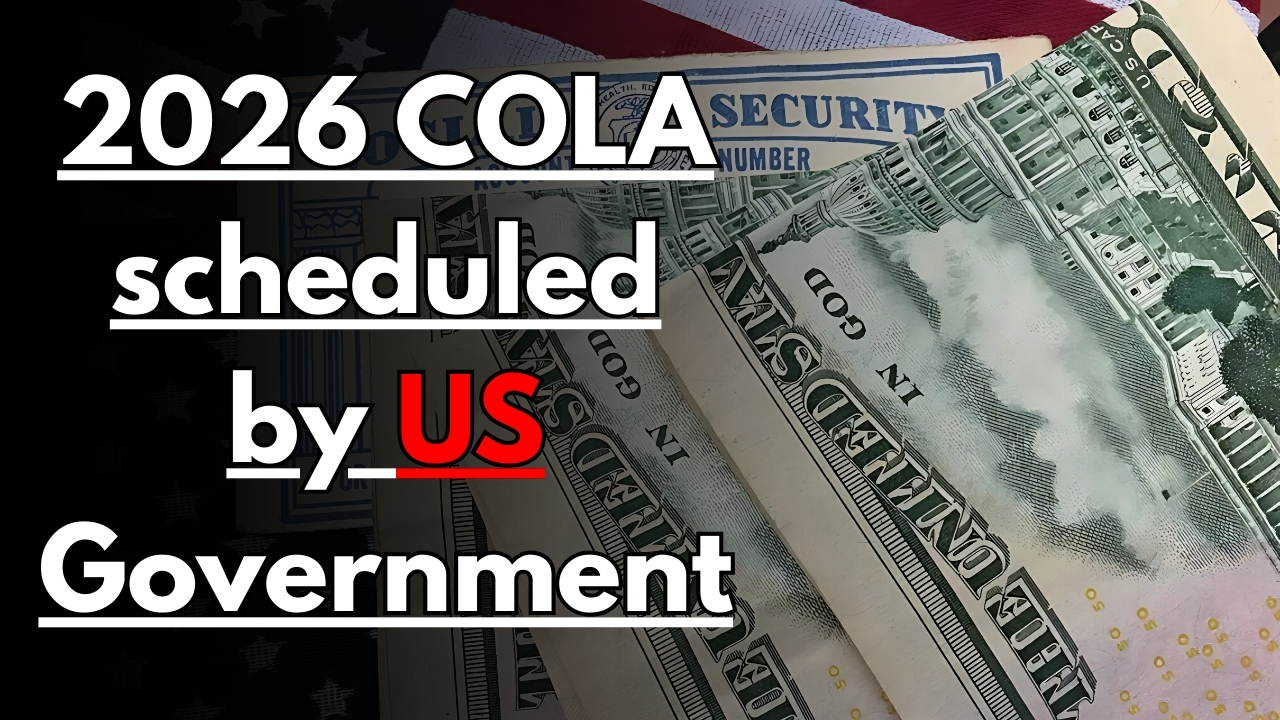2026 COLA : Mark your calendars for mid-October 2025, when the Social Security Administration announces how much benefits will rise in 2026. This annual ritual affects over 72 million Americans who depend on federal payments, from retirees to disabled workers, all waiting to learn how their monthly checks will adjust for inflation.
The announcement typically arrives around October 10, following the release of September’s Consumer Price Index data. Government statisticians need those final inflation numbers to calculate the adjustment, which explains why recipients must wait until fall to learn about changes taking effect the following January. Early projections from the Senior Citizens League suggest a 2.6 percent increase, slightly higher than this year’s 2.5 percent boost.
Behind closed doors, economists crunch numbers from July, August, and September to determine the official adjustment. They compare prices for everything from bread to bus fare against the same period last year, creating a percentage that becomes next year’s raise. It’s arithmetic that directly impacts household budgets across America.
The Formula Nobody Really Understands
The calculation process confuses even financially savvy retirees. Officials use something called the Consumer Price Index for Urban Wage Earners and Clerical Workers (CPI-W), not the regular inflation rate most people hear about on the news. This particular index weighs spending patterns differently, emphasizing costs that hit working families rather than retirees.
Critics argue this formula shortchanges seniors since it underweights healthcare expenses, which consume a larger portion of retirement budgets. Medical costs typically rise faster than general inflation, yet the formula assumes retirees spend like younger workers. This disconnect means benefit increases often lag behind actual senior living costs.

The government takes the third-quarter CPI-W average from the current year and compares it against the same period from the previous year. If prices rose 2.6 percent, benefits increase by that exact percentage. No rounding up for generosity, no political interference – just cold mathematics determining monthly payments.
What Recipients Should Expect
Based on current economic trends, the 2026 adjustment will likely fall between 2.5 and 3 percent. Inflation has stabilized after several volatile years, suggesting modest increases ahead. For someone receiving the average $1,976 monthly benefit, a 2.6 percent boost adds roughly $51 to their check.
That translates to about $612 extra annually – enough to matter but hardly life-changing. Couples collecting benefits might see $100 more monthly between them. Maximum benefit recipients could gain over $104 monthly, while those receiving minimum benefits might see just $20 more.
These projections assume inflation doesn’t spike unexpectedly. A Middle East oil crisis, severe weather destroying crops, or supply chain disruptions could push prices higher, triggering a larger adjustment. Conversely, economic slowdown might reduce inflationary pressure, leading to a smaller increase than anticipated.
Planning Without Firm Numbers
Financial advisors recommend assuming a conservative 2.5 percent increase when planning for 2026. Better to be pleasantly surprised than caught short. This means someone receiving $2,000 monthly should budget for about $2,050 starting next January, adjusting spending plans accordingly.
Remember that Medicare Part B premiums also adjust annually, often consuming a chunk of any Social Security increase. If Medicare premiums rise by $15 monthly while Social Security increases by $51, the net gain shrinks to $36. Prescription drug plans also raise rates, further eroding purchasing power gains.
$4196 VA Disability Payment confirmed by Government – Check who qualify?
2026 COLA The Automatic Implementation
Once announced in October, the adjustment happens automatically. No forms to file, no office visits required. January payments simply arrive larger, whether through direct deposit or paper check. The system processes millions of adjustments overnight, a testament to decades of technological refinement.
Veterans’ benefits, federal retirement payments, and SSI all increase by the same percentage, ensuring consistent treatment across federal programs.